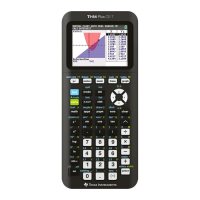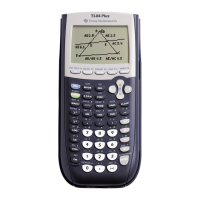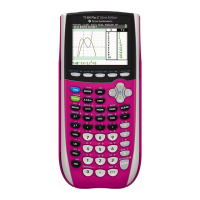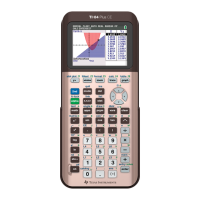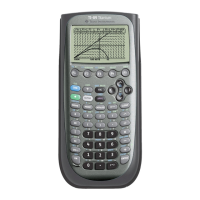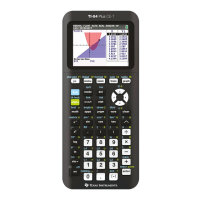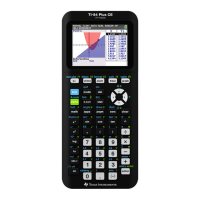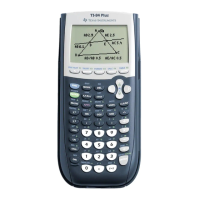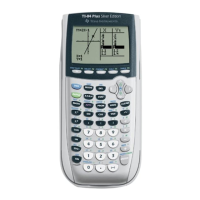Chapter 2: TI-83 Plus Specific Information 83
TI-83 Plus Developer Guide Third Release May 28, 2002
Graphing and Drawing — What’s the difference?
Drawing
Routines include lines, circles, points, etc., which are defined by pixel coordinates.
Drawing routines cannot be defined with points outside of the physical display area.
Only pixel coordinates that exist can be used. The current WINDOW settings (Xmin,
Xmax, Ymin, Ymax) have no affect on the drawing routine’s output. Inputs to routines
are normally byte values.
Applications use drawing routines for general purpose drawing and animation. They are
easier to use and are more efficient than graphing routines that can generate the same
output. Drawing routines can also be used to annotate graphs generated by the systems
grapher.
Graphing
These routines include system grapher, lines, circles, points etc., which are all drawn
with respect to the current WINDOW settings, Xmin, Xmax, Ymin, and Ymax. These
settings define the boundaries of the display. Graphing routines can be defined with
points that reside outside of the current WINDOW settings.
Graphing routines would be used by applications that want to annotate in a way that is
determined by the current WINDOW settings.
Graphing and Drawing Utility Routines
These routines could be useful to applications in combination with some of the graphing
and drawing routines. Detailed information for each of these routines can be found in
the System Routine Documentation.
BufClr
Clears a RAM display buffer representing a bit image of the
display. Similar to GrBufClr except the address of the RAM
display buffer is input.
BufCpy
Displays a RAM display buffer representing a bit image of the
display. Similar to GrBufCpy except the address of the RAM
display buffer is input.
GrBufClr
Clears the graph backup buffer,
plotSScreen. The portion of the
buffer cleared is determined by the split mode setting.
GrBufCpy
Displays the graph backup buffer,
plotSScreen. The portion of the
buffer displayed is determined by the split mode setting.
ClrLCD
Clears the display and the split screen setting is checked to
determine how much of the display to clear.
ClrLCDFull
Clears the entire display ignoring the split screen setting.
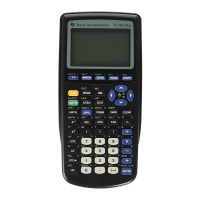
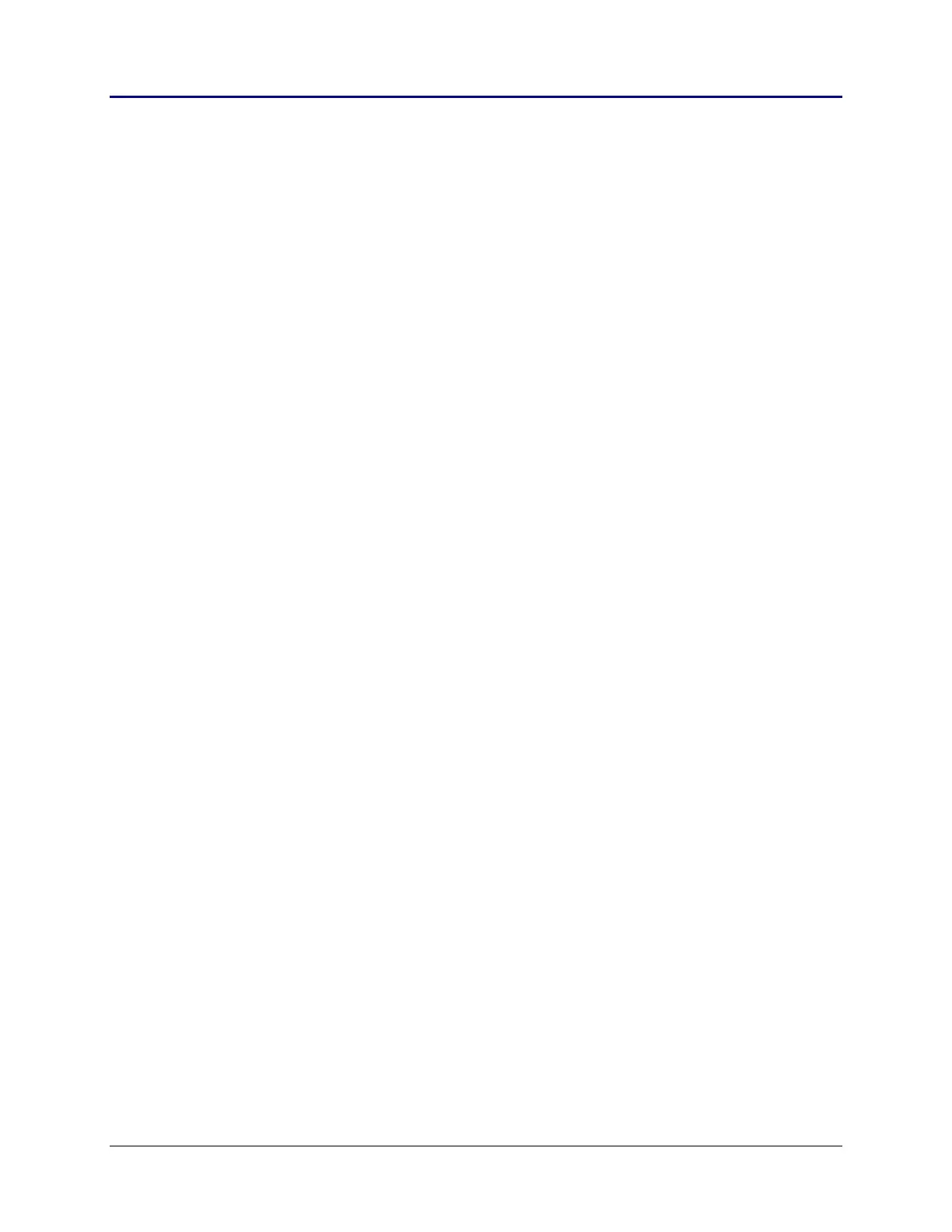